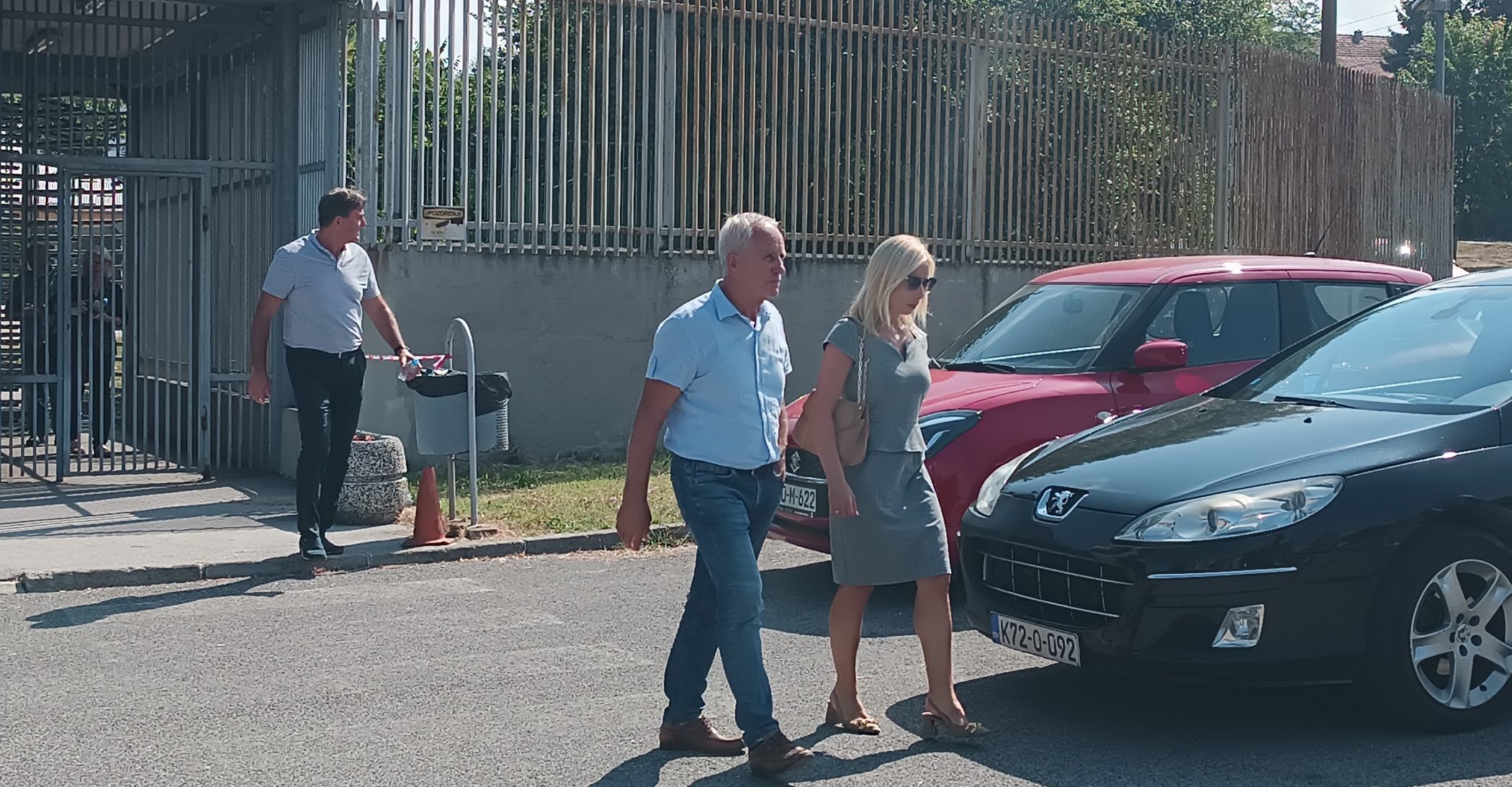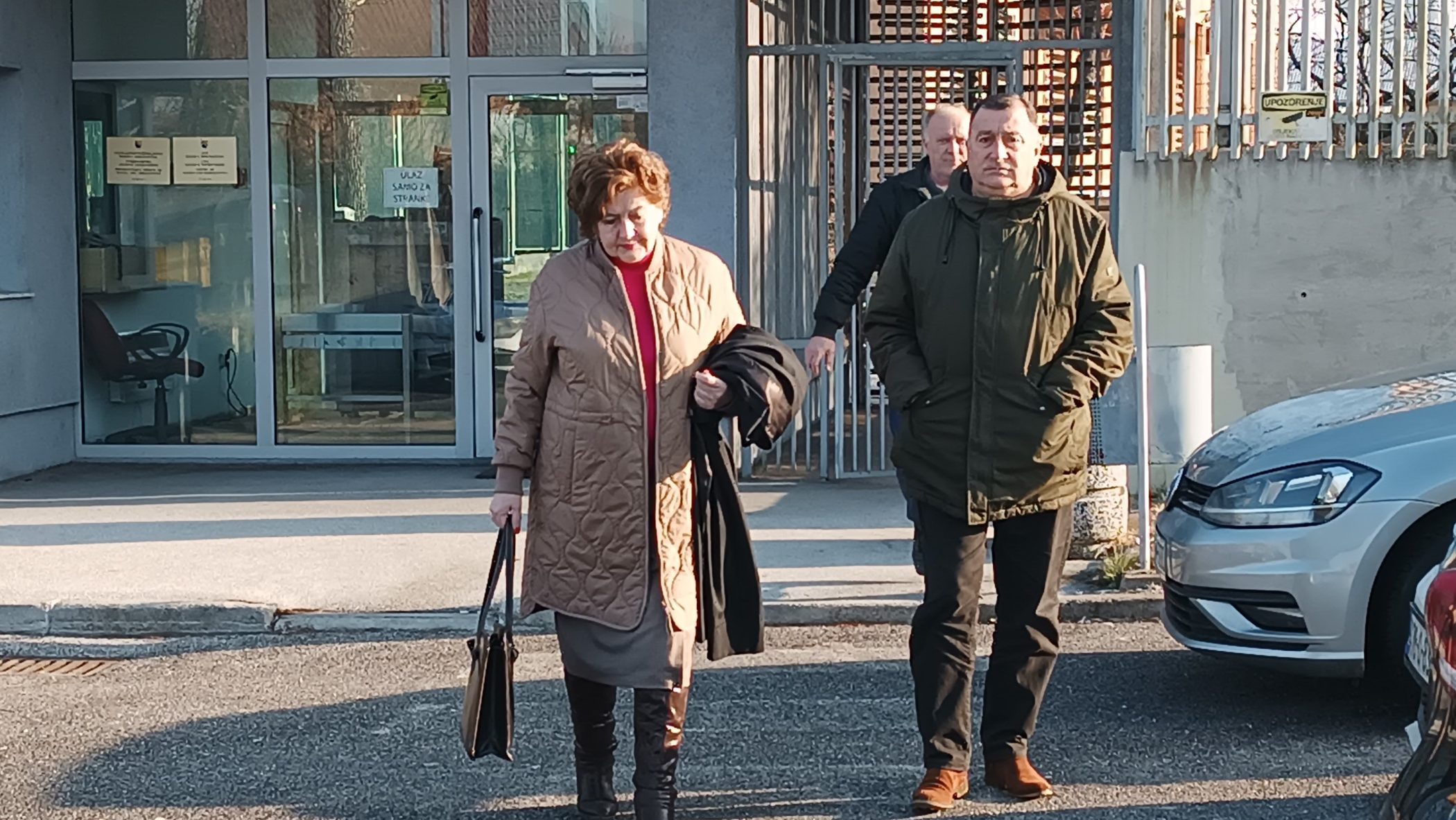This post is also available in: Bosnian
After considering the request for more than six months, the Trial Chamber refused a motion filed by Novak Djukic’s defence asking that the indictee, who is charged with crimes against civilians committed in Tuzla, be allowed to defend himself while at liberty.
In September 2008 Djukic’s Defence filed a motion asking the Court to allow him to defend himself while at liberty, offering apartments owned by the indictee and his friend as a guarantee that he would appear before the Court.
At the request of the Trial Chamber, two ballistics experts, who appeared as Prosecution and Defence expert witnesses, faced each other at this hearing. They presented opposite opinions about the direction from which the missile, which killed 71 people and injured more than 200 in Tuzla on May 25, 1995, had been fired.
The indictment alleges that Djukic was the Commander of the Ozren Tactical Group with the Republika Srpska Army, VRS, who ordered an artillery squad to shell Tuzla using 130mm cannon.
Ballistics expert Berko Zecevic, who was invited by the State Prosecution, repeated his allegation that it was “beyond all question and without doubt that the missile had been fired from Mount Ozren”. On the other hand Vlado Kostic, who appeared as Defence expert witness, said that the missile had been fired from the opposite direction, i.e. “from the East”. Both experts claimed to have used the same documentation to prepare their findings and conclusions.
“The shape and dimension of the missile ignition determine the shape and dimensions of the trace found at the crime location. There is no other shape that could have left the same trace,” Kostic said, adding that he had determined the projectile direction “on the basis of the projectile ignition streak”.
Zecevic, on the other hand, alleged that “there is absolutely no streak made by the ignition on the ground”, adding that there could only be streaks made by missile shrapnel pieces.
“The surface on which the projectile fell was made of granite. It is not possible for an ignition, which is softer than granite, to leave such marks. Technical books on the subject do mention “ignition streaks”, but not on a granite surface,” Zecevic said. Kostic challenged him, claiming that this was not true.
“By thinking logically, one can determine that if the projectile angle is bigger the ignition will leave marks on the ground. Zecevic claims that the angle was about 60 degrees. If this was the case, the ignition should have been found in the ground,” Kostic said.
Trial Chamber Chairman Darko Samardzic said that he “read somewhere that ignition parts were found in the ground”, but Kostic said he “did not remember that”.
Kostic further alleged that, if the missile had been fired from Mount Ozren, the car next to which it fell should have been totally destroyed just like the shop window near it. Otherwise, the missile fragments would have damaged the front part of the car and a part of the shop frontal wall, as shown in a photograph presented by Kostic in court.
“I disagree. His thesis is based on the presumption that the missile hit the ground one and a half meters away from the car, which was not the case. Had it come from the east, the front part of the car would have been damaged by a number of small fragments contained in the front part of the missile. The photograph clearly shows that the car was hit by massive fragments, which are normally contained in the back part of a missile,” Zecevic said.
Samardzic said that he “does not see any way” in which the two experts could harmonize their opinions, asking them to propose to the Court an institution which might conduct “verification of their findings”.
“The Court has still not rendered a decision on the issue. This is just a hypothetical question,” Samardzic said. The trial will continue on May 5. By then, Samardzic said, the Court will decide whether or not to seek superior expertise.

